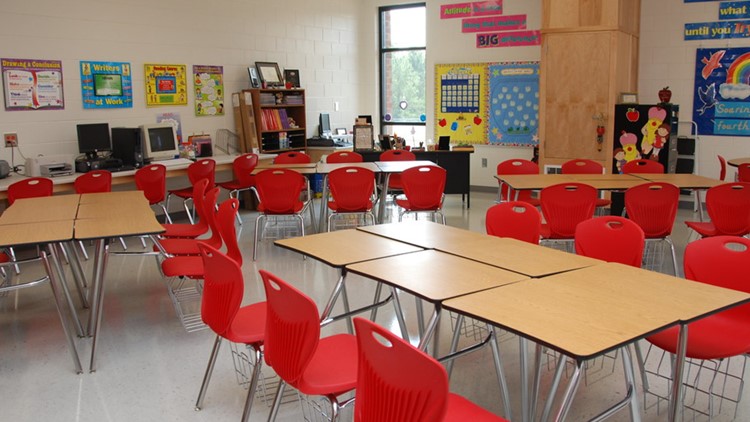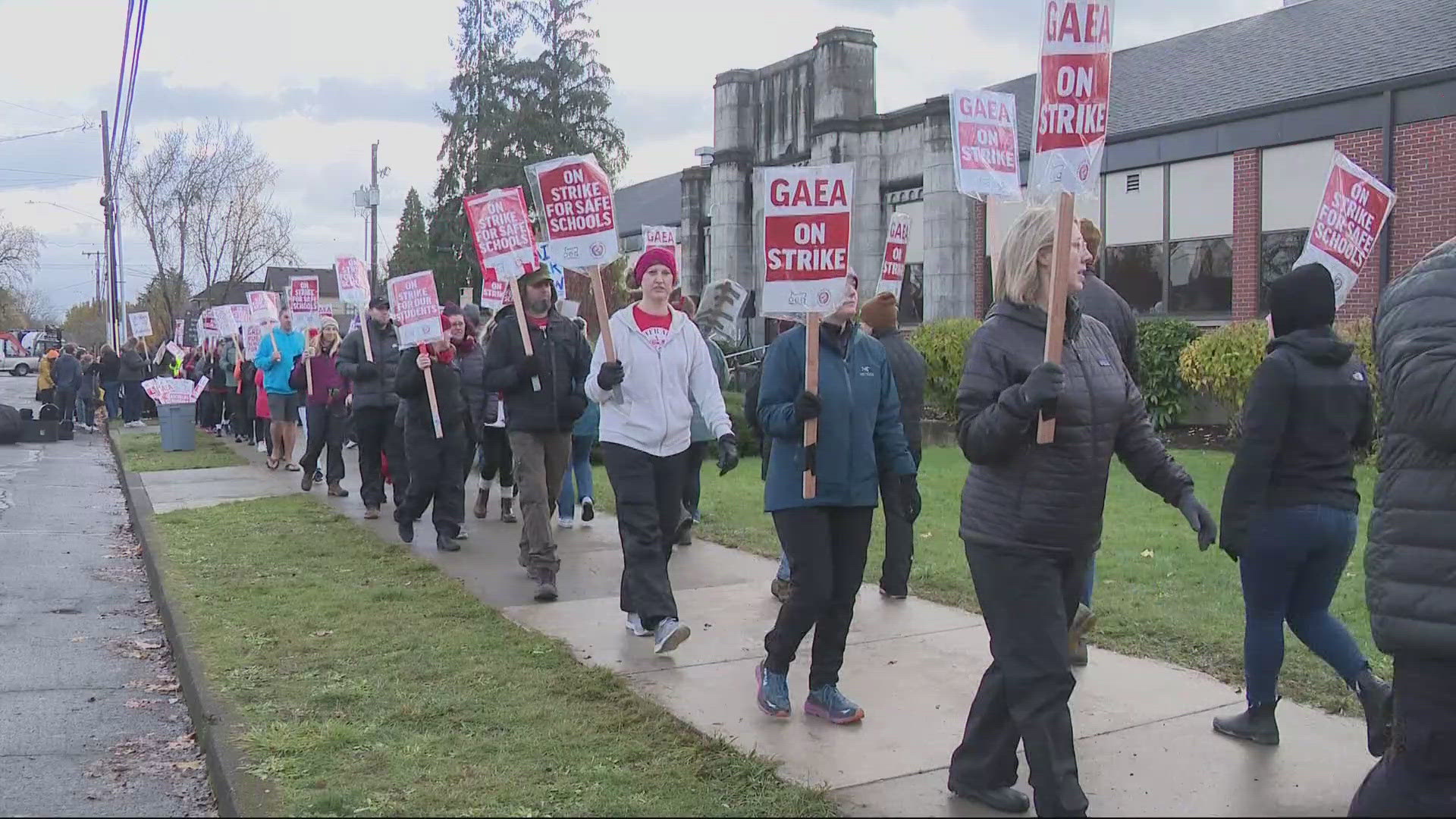PORTLAND, Oregon — In preparing for the 2023-24 school year, many parents might wonder how the buildings they're about to send their children into compare to each other.
That's why the PBJ is running an informal series comparing certain types of Oregon elementary, middle and high schools to each other. Earlier this month, we compared all high schools, public and private, to each other.
Doing so produced suggestions that we try for a more apples-to-apples look. That is, it's difficult comparing the quality of a private school, which may have class sizes of 10 students to 1 teacher, to a public school where class sizes might run closer to 25 or even 30 students.
We decided, thusly, to give Portland parent a glance at how a smaller set of schools, public elementary institutions within the city of Portland itself, compare to each other. A couple of notes: This comparison, from Pittsburgh-based Niche.com, includes schools that may sit outside the Portland Public Schools district (indeed, the top rated school is in the Beaverton district).
Also, as some schools offer K-6 education, we capped the top end at sixth grade.
The full Niche.com rankings, which are here, take such factors into account as student and parent surveys, school district quality and culture and diversity. The group also crunches data from the U.S. Department of Education, the U.S. Census Bureau and the FBI.
The academics component of the Niche rankings, based on "state assessment proficiency and survey responses on academics from students and parents," comprises 50% of the overall grade. The "Teachers Grade" is based on teacher salary, absenteeism, state test results and survey responses. It makes up 20% of the grade.
Fifteen percent of the grade consists of how the school's district is rated while 10% comes from a culture and diversity score "based on racial and economic diversity and survey responses on school culture and diversity from students and parents." The remaining 5% comes from surveys of students and parents within the schools.
Niche culls its overall rankings from a standardized score, assembled by weighting certain factors, that examines the above categories at each school. This system explains why one school with the same grade as another might rank higher.
Just 20% of the nation's schools surveyed landed scores of A-minus or higher, according to Niche.
Among the top 25 schools, five are in the city's southwest quadrant, two are in northwest and 10 are in southeast. Three are in Northeast Portland while none are in North Portland.



